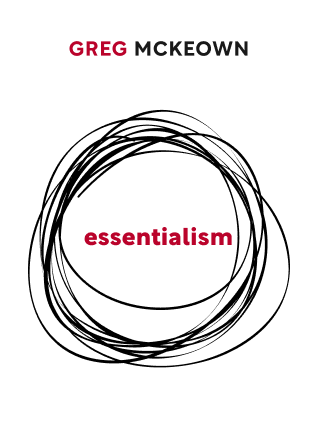

This article is an excerpt from the Shortform book guide to "Essentialism" by Greg McKeown. Shortform has the world's best summaries and analyses of books you should be reading.
Like this article? Sign up for a free trial here .
What is the 90 percent rule of decision-making? How can it help you filter through the available options and make a decision faster?
The 90 percent rule is a simple yet ruthless technique for making decisions. It involves identifying the most important criterion for deciding, rating each available option between 0 and 100 percent on that criterion, and then rejecting any option that rates lower than 90 percent.
Read about the 90 percent rule of decision-making and how to implement it.
What Is the 90 Percent Rule?
The 90 percent rule is a decision-making method where you select one criterion for deciding and then rate each available choice on the 0-100 scale in relation to that criterion. The premise is to discard all the options below 90%, so be prepared to make trade-offs. You’ll have to reject good options and have the discipline to wait for the perfect option. If you use overly broad or vague criteria instead, you’ll end up agonizing over a lot of similar, mid-level options and commit to too many. Applying concrete numbers to your options forces you to make decisions consciously and logically, rather than haphazardly or on the basis of pressure or someone else’s agenda.
Besides keeping you from making the best decisions, having too many or overly broad criteria can frustrate employees. For example, one company had three criteria for deciding what projects to undertake, but over time the standards broadened and blurred to the point that the practical standard was doing anything a customer requested. Team members felt overworked and morale dropped because by doing everything, they lacked a sense of purpose. Further, the company didn’t stand out in its market. But when they got rid of the many mid-level projects and focused on the most interesting and distinctive work, employees felt empowered to make choices and focus on their optimum contributions.
The furniture maker Vitsoe uses stringent criteria in at least two ways. The company offers only one product, the 606 Universal Shelving System, which it excels at producing. Also, its hiring process is highly selective and deliberate. The standard for hiring is whether the candidate will be an absolutely natural fit. Steps include a phone screening, interviews with multiple people in the company, a trial run for a day, more interviews, and maybe an offer. If the team isn’t absolutely sure about a candidate (if she isn’t a clear yes), the answer is no.

———End of Preview———
Like what you just read? Read the rest of the world's best book summary and analysis of Greg McKeown's "Essentialism" at Shortform .
Here's what you'll find in our full Essentialism summary :
- How to do less but to do it better
- Why you need to be disciplined in your pursuit of less
- How you can learn to say no






